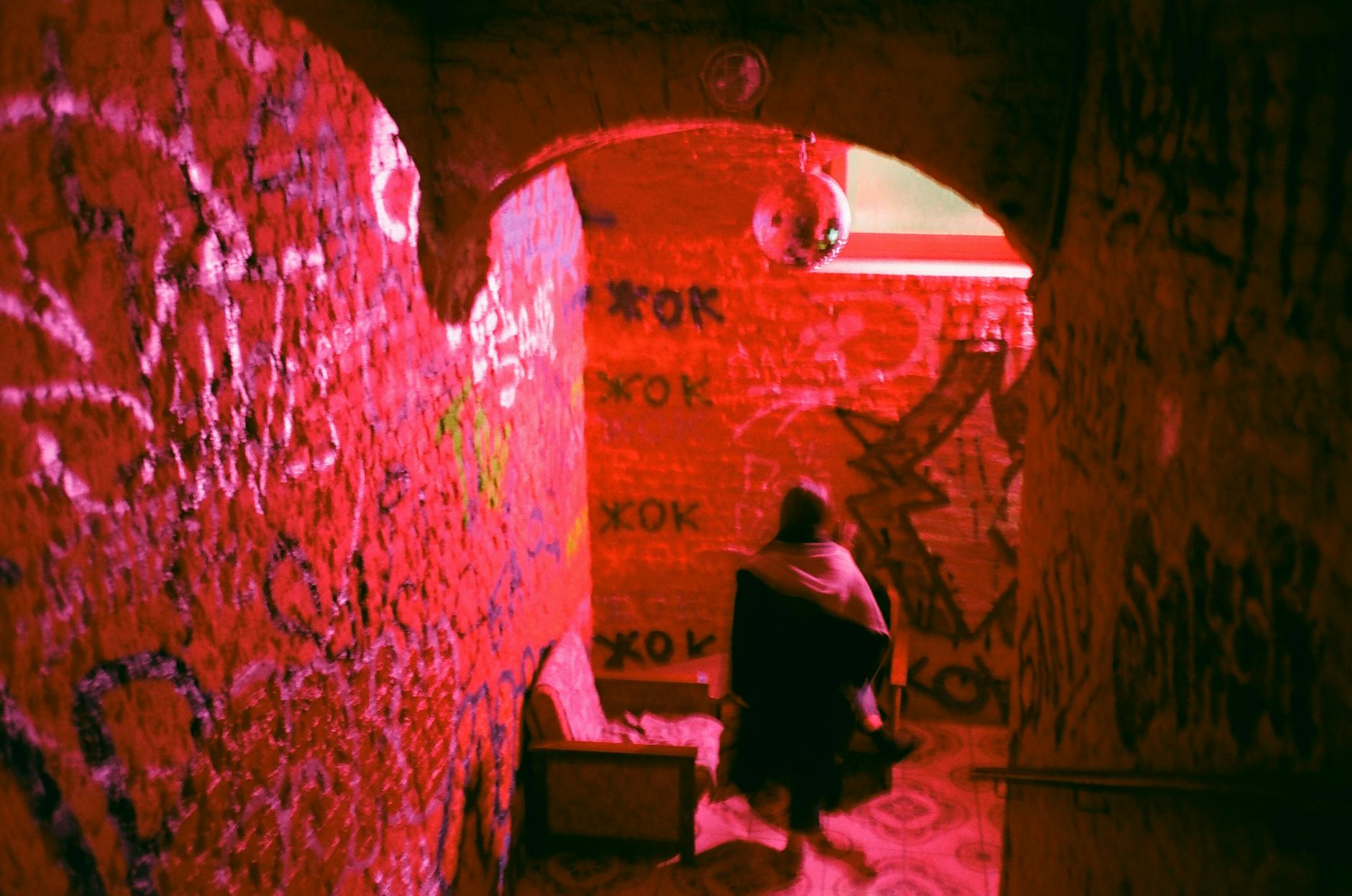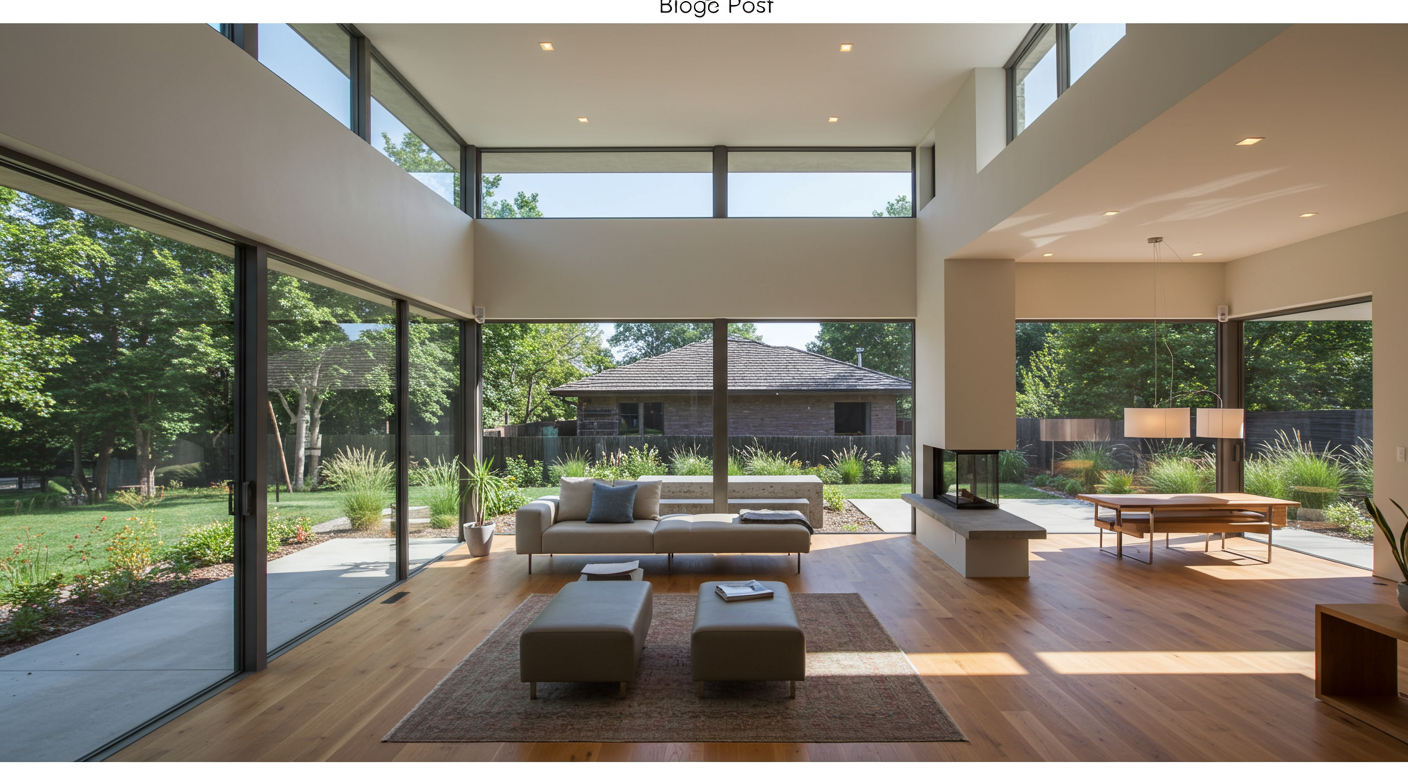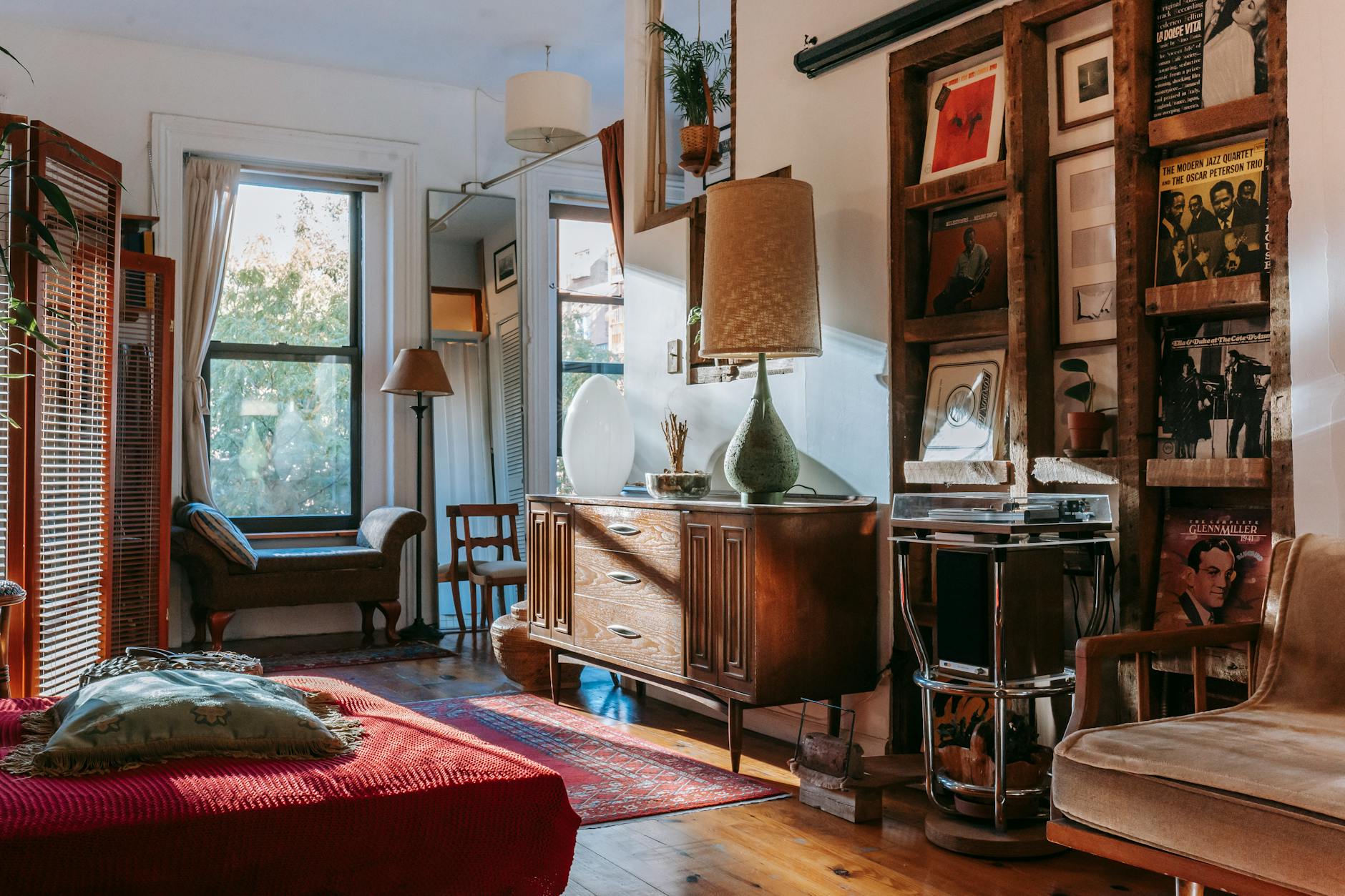Choosing the right paint color for your walls is just the beginning. How that color looks in your home can significantly change under different lighting conditions. Understanding the impact of illumination can help you select paint colors that will bring out the best in your rooms, no matter the time of day or the season. Let’s explore how different types of light affect your wall paint colors and how to make the best lighting choices for your space.
The Importance of Natural Light
Natural light is a powerful tool in interior design, bringing out the truest colors of your wall paint. The direction of your windows can significantly influence how colors appear. North-facing rooms may bring a cooler, bluish tint, while south-facing rooms can make colors appear warmer and more vibrant. It’s essential to observe how natural light changes in your room throughout the day before making a final paint selection.
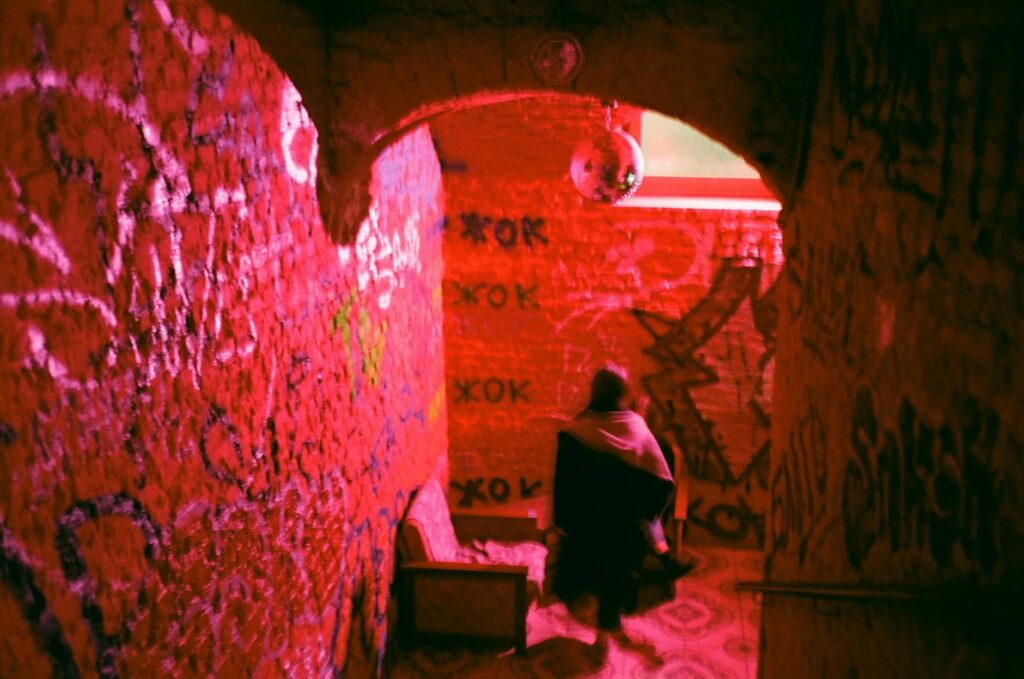
Artificial Lighting Influences
Artificial light sources, including LED, incandescent, and fluorescent lights, each cast their own hue on painted walls. LED lights, being closer to natural light, tend to show paint colors most accurately. In contrast, incandescent bulbs bring out warm tones, making reds, oranges, and yellows pop, while fluorescent lighting can cast a cool, blue tone, often distorting color perception. Matching your paint color to the primary artificial light source in the room can ensure color consistency.
Color Temperature and Mood
The color temperature of light, measured in Kelvins, affects how we perceive color and can influence the mood of a room. Warm lights create a cozy and welcoming atmosphere, making them ideal for living rooms and bedrooms. Conversely, cool light can enhance focus and energy, making it suitable for home offices and kitchens. Selecting a paint color that complements the room’s intended mood and lighting temperature is key.
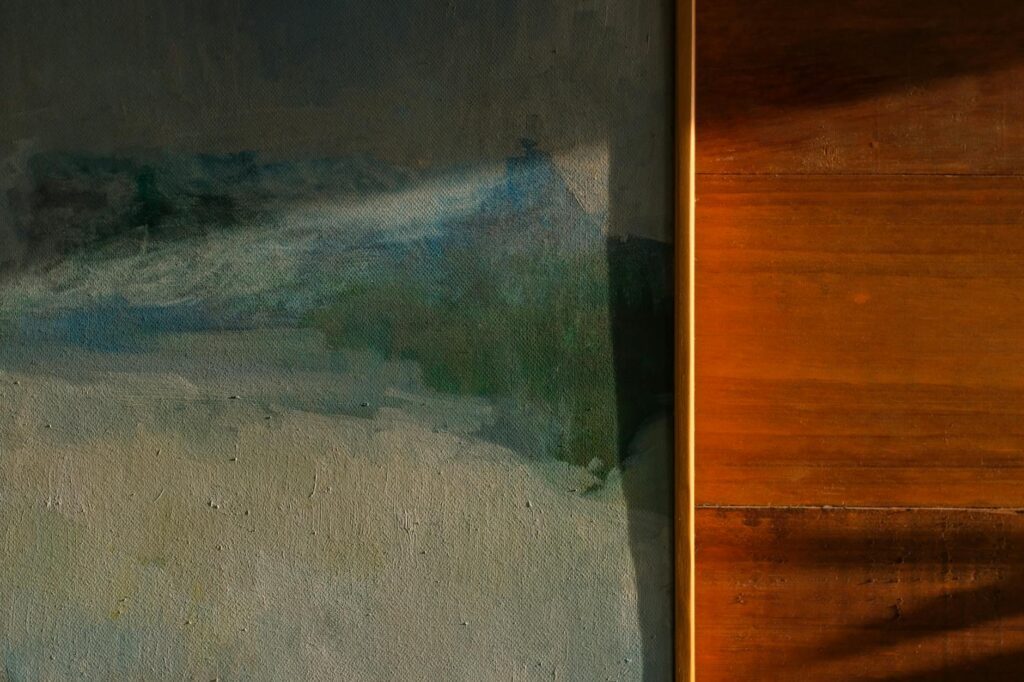
The Right Paint Finish
Paint finishes also play a critical role in how light reflects and affects color perception. Glossy finishes reflect more light, making colors appear brighter and more saturated. Matte finishes, on the other hand, absorb light, softening color intensity and hiding imperfections. Choosing the right finish can enhance the effect of natural and artificial lighting on your wall color.
Testing Colors in Your Lighting
Before finalizing your paint selection, it’s wise to test colors in different lighting conditions throughout the room. Apply large swatches of paint samples to your walls and observe how they change under various lighting conditions at different times of the day. This step ensures the color you choose looks perfect in your room’s unique lighting environment.
Consider the Impact of Furnishings and Decor
Your room’s furnishings and decor can also impact how wall colors appear. Light-colored fabrics and surfaces can reflect light, while dark furnishings may absorb it, affecting the room’s overall color dynamics. When selecting your paint, consider how your furniture, flooring, and decorations will interact with the chosen color under different lighting conditions.
The Role of Professional Advice
Consulting with a professional interior designer or color consultant can provide valuable insights into how different lighting conditions affect color perception. These experts can offer personalized advice based on the specific lighting situations in your home, helping you choose colors that will look beautiful under any lighting condition.
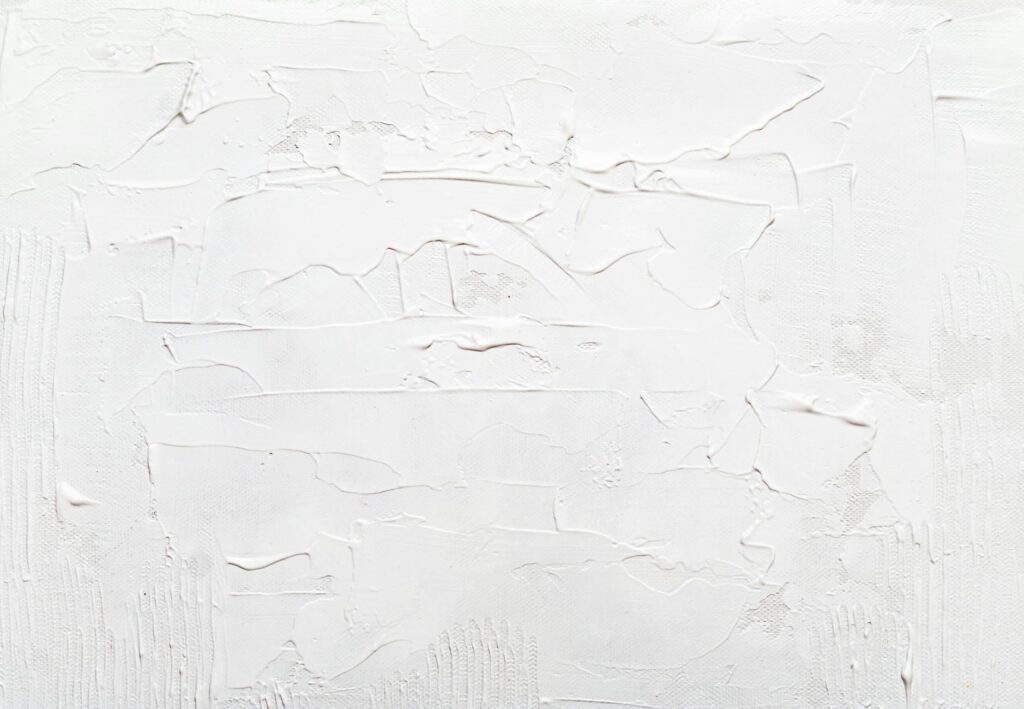
Conclusion
The right lighting can dramatically enhance the beauty and mood of your painted walls. By understanding how light affects color and considering the unique lighting conditions in your home, you can select wall paint colors that will consistently look their best. Remember, the key is to test, observe, and consult with professionals to achieve the perfect harmony between your wall colors and lighting.
Frequently Asked Questions
How does natural light affect paint colors? Natural light can cause paint colors to appear different depending on the time of day and direction of your windows. North-facing rooms may render colors cooler and slightly bluish, while south-facing rooms can make them warmer and more vibrant.
What type of artificial light is closest to natural light? LED lighting is the closest to natural light, making it the best choice for accurately reflecting your chosen paint color.
Can the paint finish affect how light impacts color? Yes, glossy finishes reflect more light, making colors appear brighter, while matte finishes absorb light, resulting in a softer color appearance.
Should I consider the room’s mood when choosing a paint color? Absolutely. The color temperature of your lighting and the intended mood of the room should guide your color selection. Warm tones are welcoming and cozy, while cool tones can create a more energizing environment.
Is it necessary to test paint colors under different lighting conditions? Yes, testing paint colors on large sections of your walls under various lighting conditions is crucial for seeing how the color will truly look in your space.

